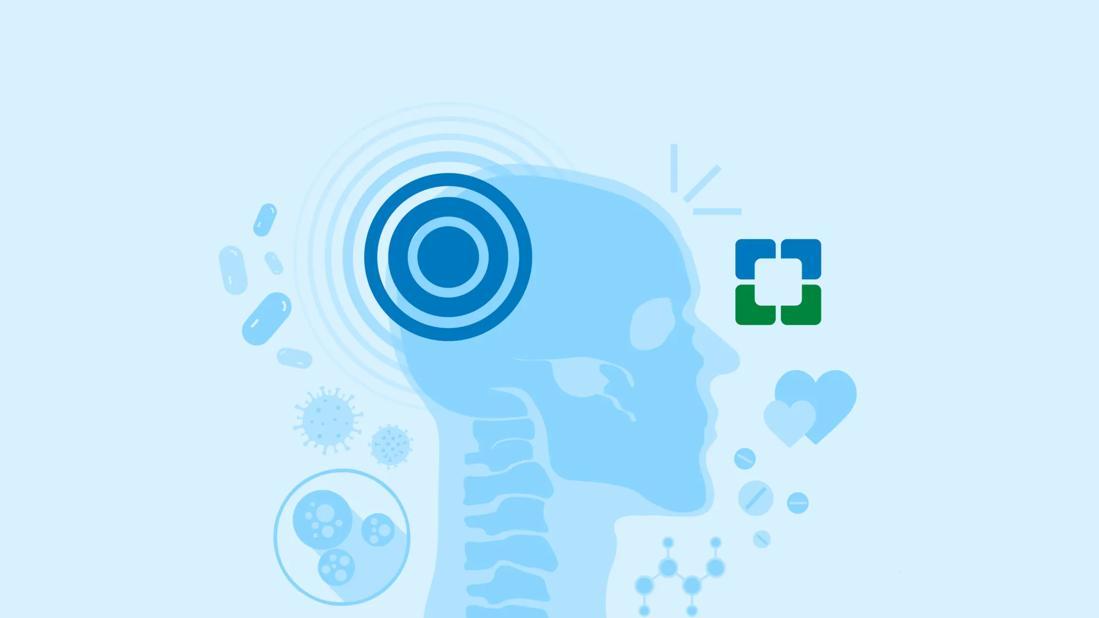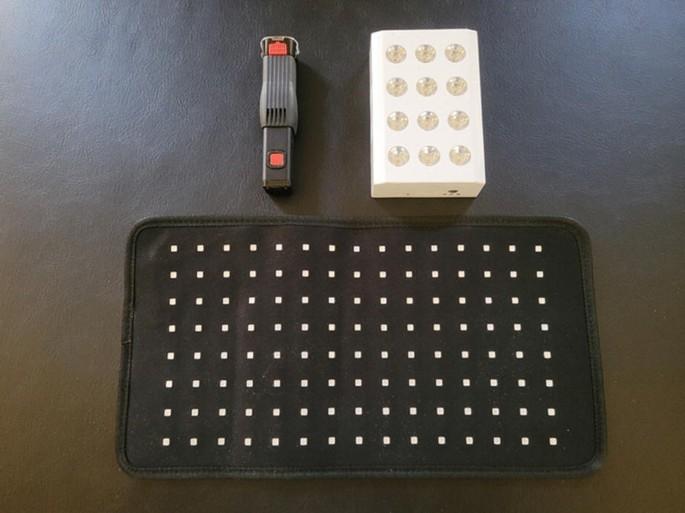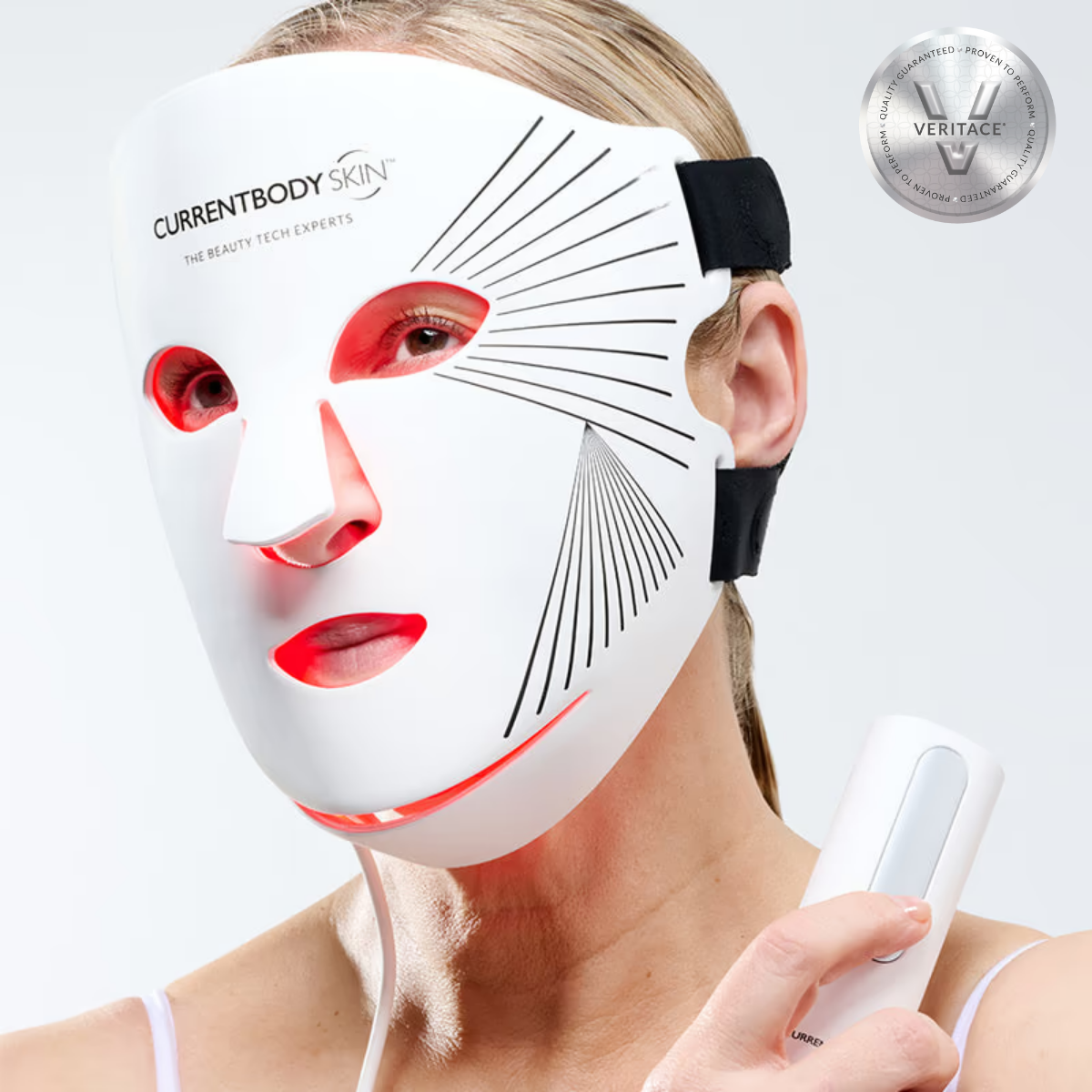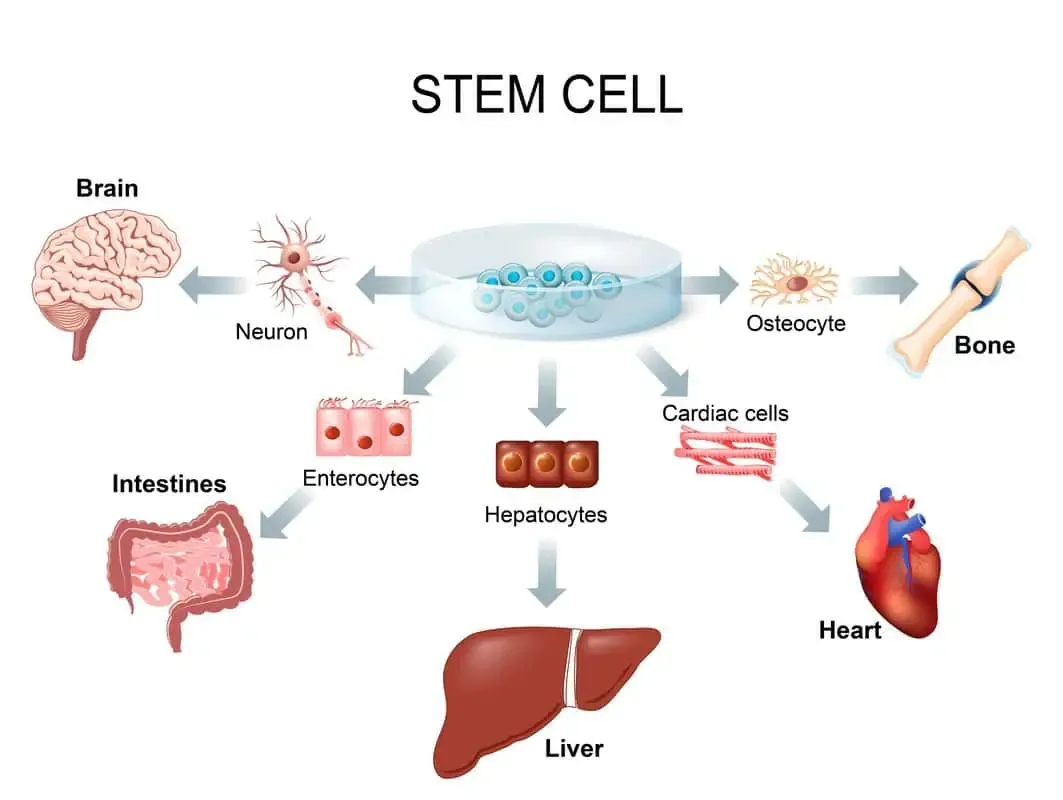Welcome to Glow Pulse Therapy, your trusted resource for demystifying light therapy. If you’ve ever heard whispers about red light therapy (RLT) and wondered, “What Is Red Light Therapy And How Does It Work?” you’re in the right place. This powerful, non-invasive treatment is rapidly gaining recognition for its remarkable benefits, from skin rejuvenation to muscle recovery, and we’re here to shine a light on its fundamental principles. Let’s dive in and unpack the science behind this illuminating wellness trend, making it accessible and understandable for everyone.
What is Red Light Therapy? Beyond the Basics
Red light therapy, also known as photobiomodulation (PBM) or low-level laser therapy (LLLT), is a therapeutic technique that uses specific wavelengths of red and near-infrared (NIR) light to stimulate cellular function. Unlike harmful UV rays from the sun or tanning beds, RLT uses non-ionizing light, meaning it doesn’t damage your cells or skin. Instead, it delivers targeted light energy that your cells can absorb, much like plants absorb sunlight for photosynthesis.
The key to RLT lies in its precise wavelengths. Most effective devices utilize red light in the 630-700 nanometer (nm) range and near-infrared light in the 800-1000 nm range. These specific wavelengths are optimal because they can penetrate the skin and reach cells without causing heat damage or adverse effects. It’s a gentle yet profound interaction at a microscopic level that initiates a cascade of beneficial biological processes.
How Does Red Light Therapy Work? The Science Behind the Glow
The magic of red light therapy isn’t magic at all – it’s pure science, happening at a cellular level. To truly understand how red light therapy works, we need to talk about your body’s powerhouses: the mitochondria.
The Cellular Powerhouse: Mitochondria
Every cell in your body contains tiny organelles called mitochondria. Think of them as miniature power plants, constantly working to produce adenosine triphosphate (ATP), the primary energy currency of your cells. When your cells have ample ATP, they function optimally, repair themselves efficiently, and communicate effectively.
Red and near-infrared light, when applied to the body, penetrates the skin and is absorbed by a specific photoreceptor protein within the mitochondria called cytochrome c oxidase (CCO). This interaction is crucial. When CCO absorbs these wavelengths, it triggers a series of events that enhance mitochondrial activity.
Boosting Cellular Energy and Repair
The absorption of light by CCO leads to increased ATP production. Imagine suddenly having more fuel in your car – it runs smoother, faster, and more efficiently. Similarly, with more ATP, your cells are supercharged, leading to a host of positive effects:
- Enhanced Cellular Regeneration: Cells can repair damaged components and create new ones more effectively.
- Reduced Oxidative Stress: RLT helps neutralize harmful free radicals, protecting cells from damage.
- Improved Blood Flow: It promotes the formation of new capillaries, enhancing circulation and delivering more oxygen and nutrients to tissues.
- Inflammation Modulation: RLT can help calm inflammation, a root cause of many health issues and pain.
“Think of red light therapy as giving your cells a gentle wake-up call. It’s not about forcing them, but rather optimizing their natural ability to produce energy, which is fundamental for healing and regeneration across the entire body.”
– Dr. Elara Vance, Cellular Biologist
Key Benefits of Red Light Therapy
Now that we understand what red light therapy is and how it works at a cellular level, let’s explore some of the incredible benefits that have made it a go-to for wellness enthusiasts and professionals alike:
- Skin Rejuvenation and Anti-Aging: One of the most celebrated benefits. RLT stimulates fibroblasts to produce more collagen and elastin, leading to reduced fine lines, wrinkles, and improved skin tone and texture. It can also help with sun damage and hyperpigmentation.
- Pain Relief and Inflammation Reduction: By decreasing inflammatory markers and improving circulation, RLT can significantly alleviate chronic pain conditions like arthritis, joint pain, back pain, and neuropathic pain.
- Muscle Recovery and Performance: Athletes and fitness enthusiasts often turn to RLT to speed up muscle recovery, reduce post-exercise soreness, and even enhance athletic performance by priming muscles for activity.
- Hair Growth: For those experiencing hair thinning or loss, RLT can stimulate dormant hair follicles, promoting new growth and improving hair density.
- Wound Healing and Scar Reduction: RLT accelerates the body’s natural healing processes, making it effective for speeding up wound closure and minimizing the appearance of scars.
- Mood and Sleep Improvement: By influencing circadian rhythms and promoting the production of serotonin, RLT may help improve sleep quality and stabilize mood, offering a natural boost to overall well-being.
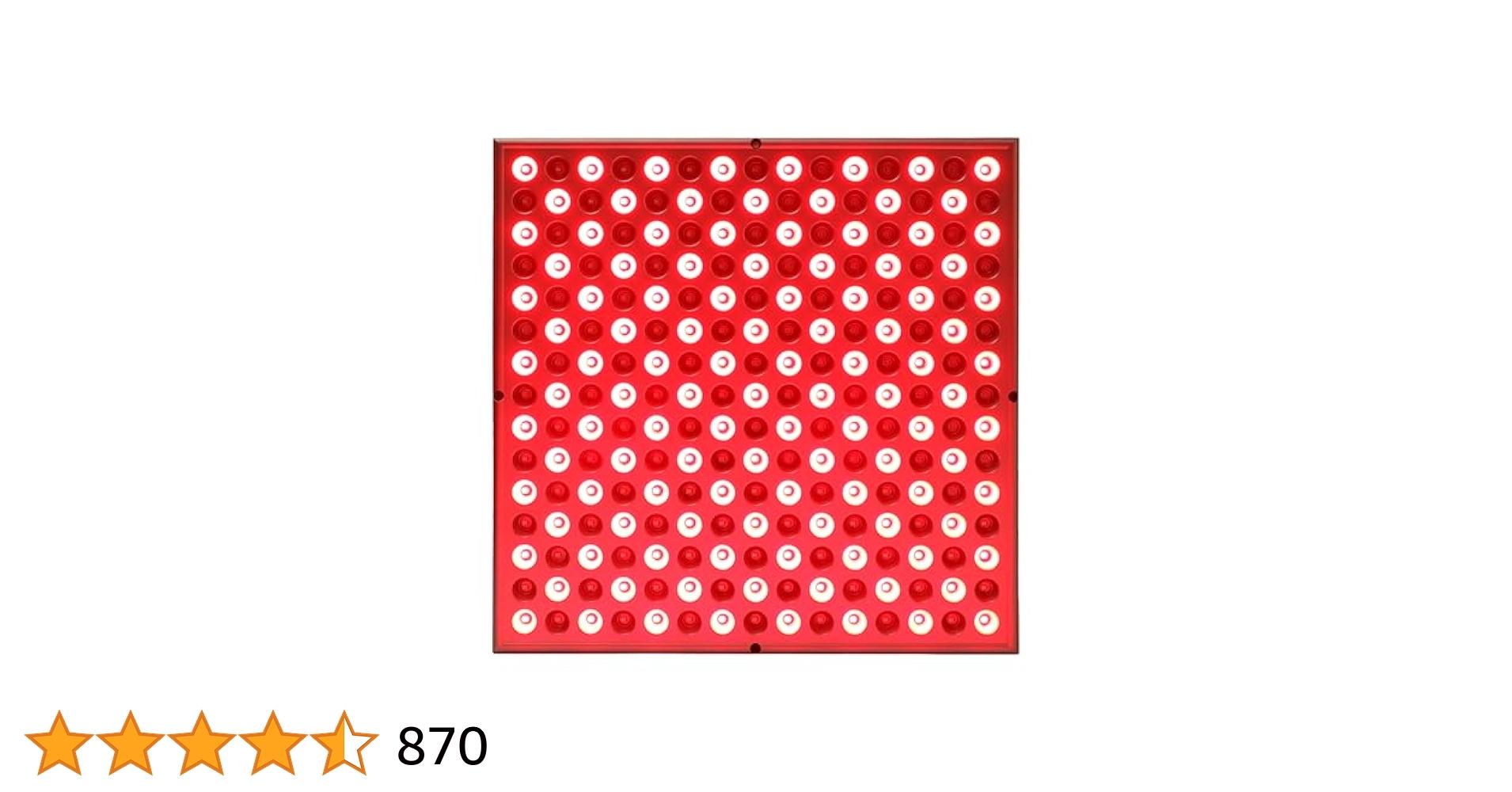 A collage of images showcasing the diverse benefits of red light therapy on skin, muscles, and hair
A collage of images showcasing the diverse benefits of red light therapy on skin, muscles, and hair
Red Light vs. Near-Infrared Light: What’s the Difference?
While often grouped together under the umbrella of red light therapy, it’s important to understand the distinct properties and uses of red and near-infrared (NIR) light. They work synergistically to provide comprehensive benefits.
| Feature | Red Light (e.g., 630-660nm) | Near-Infrared Light (e.g., 810-850nm, 980nm) |
|---|---|---|
| Wavelength Range | Shorter, visible spectrum | Longer, invisible spectrum |
| Penetration Depth | More superficial | Deeper |
| Primary Targets | Skin, surface tissues, collagen, elastin | Muscles, joints, bones, brain, deeper organs |
| Common Uses | Skin rejuvenation, anti-aging, surface wound healing, acne treatment | Pain relief, muscle recovery, joint health, deep inflammation, neurological support |
“The beauty of combining red and near-infrared light lies in their complementary actions. Red light works wonders on the surface, tackling skin concerns, while near-infrared dives deeper, targeting muscles, joints, and even bones to promote profound healing.”
– Marcus Thorne, Physical Therapy Specialist
Is Red Light Therapy Safe? Potential Side Effects and Considerations
Red light therapy is widely considered safe for most people, especially when used with quality devices that adhere to safety standards. It’s non-invasive and doesn’t use harsh chemicals or UV radiation. Most users experience no side effects at all.
However, some individuals might experience:
- Temporary Redness: A slight flush in the treated area, similar to a light blush, which usually subsides quickly.
- Eye Sensitivity: While the light is generally safe for eyes, direct prolonged exposure can be intense. Many devices come with protective eyewear, which is highly recommended, especially when using higher intensity panels.
Always consult your doctor before starting any new therapy, especially if you are pregnant, have a pre-existing medical condition, are taking photosensitizing medications, or have a history of seizures.
Getting Started with Red Light Therapy: What You Need to Know
Ready to incorporate RLT into your wellness routine? Here’s a quick guide to help you get started:
Choosing a Device
The market is flooded with red light therapy devices, from small handheld wands and facial masks to large full-body panels. When choosing, consider:
- Wavelengths: Ensure the device offers clinically proven red (e.g., 630nm, 660nm) and near-infrared (e.g., 810nm, 830nm, 850nm) wavelengths.
- Irradiance/Intensity: This measures the power output and determines how much light energy reaches your cells. Higher irradiance can mean shorter session times, but it’s not always about “more is better” – optimal levels are key.
- Treatment Area: Do you need targeted treatment for a specific area (e.g., face mask for skin) or full-body coverage (e.g., large panel for muscle recovery)?
- Budget and Convenience: Devices range widely in price and portability.
Session Guidelines
Once you have a device, consistency is your best friend.
- Duration: Most sessions range from 10-20 minutes per treated area. Follow your device’s specific recommendations.
- Frequency: Daily use or 3-5 times a week often yields the best results. Like exercise, sporadic use won’t deliver the same benefits as a regular routine.
- Preparation: Ensure your skin is clean and free of lotions or makeup that could block light penetration.
- Eye Protection: Always use the provided eye protection, especially when treating areas close to your eyes.
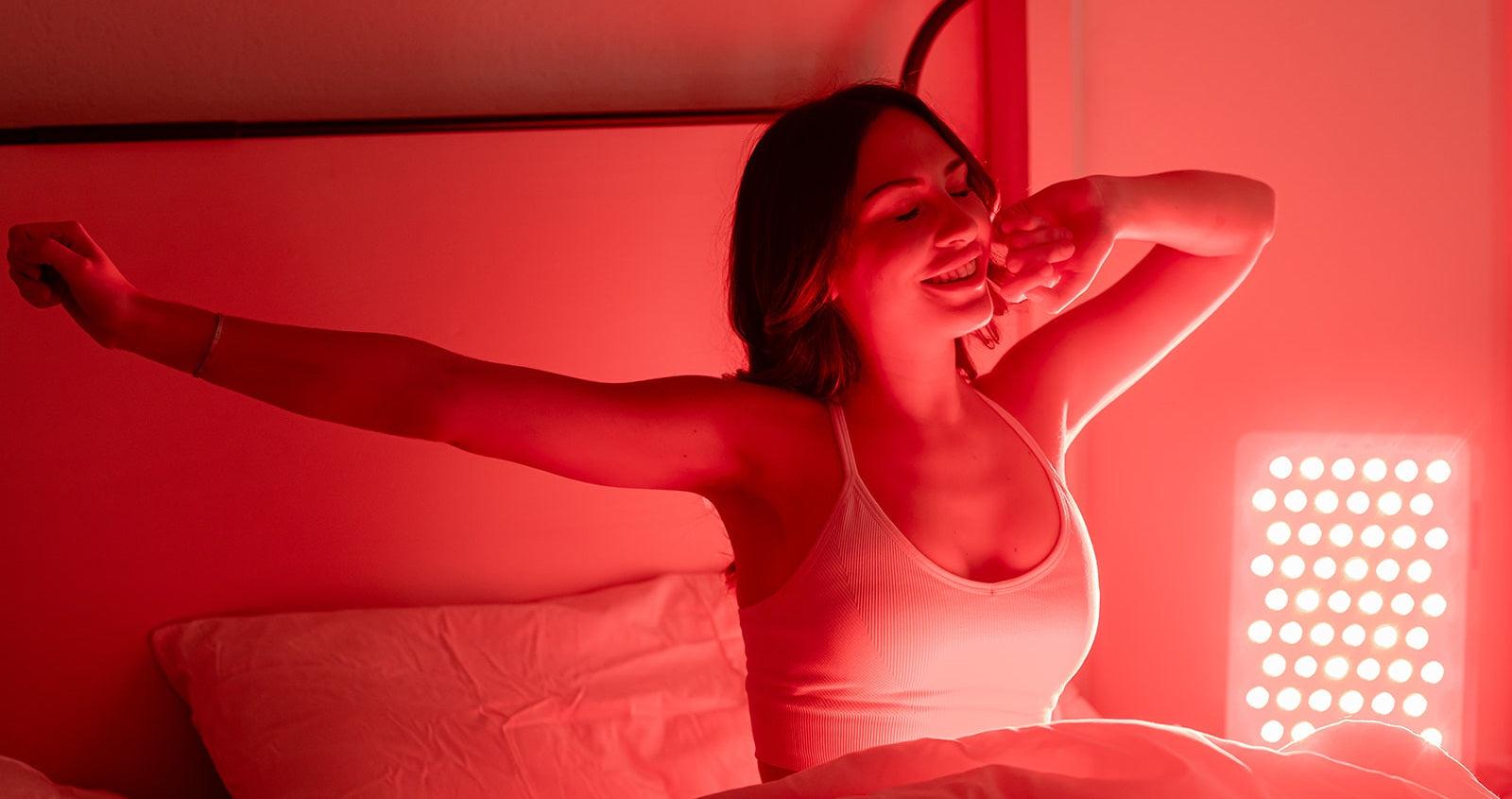 A person comfortably using an at-home red light therapy panel
A person comfortably using an at-home red light therapy panel
“Consistency truly unlocks the potential of red light therapy. Think of it less as a quick fix and more as a daily wellness ritual. Regular, shorter sessions often yield more impressive and lasting results than sporadic, longer ones.”
– Sarah Jenkins, Wellness Coach
Conclusion
Red light therapy is far more than a fleeting wellness trend; it’s a scientifically backed approach to enhancing cellular health and promoting natural healing. Understanding “what is red light therapy and how does it work” empowers you to make informed decisions about incorporating this remarkable technology into your life. By leveraging the power of specific light wavelengths to boost your cells’ energy production, RLT offers a non-invasive path to numerous benefits, from a glowing complexion to reduced pain and improved recovery. At Glow Pulse Therapy, we believe in shedding light on wellness, guiding you towards a healthier, more vibrant you.
Frequently Asked Questions About Red Light Therapy
How often should I use red light therapy?
For optimal results, most experts recommend using red light therapy daily or 3-5 times per week. Consistency is key, as cellular processes require regular stimulation to maintain benefits.
Are there any contraindications for red light therapy?
While generally safe, individuals who are pregnant, have a history of seizures, or are taking photosensitizing medications should consult their doctor before starting RLT. Always follow your device’s specific warnings and guidelines.
What’s the difference between red light therapy and tanning beds?
Red light therapy uses specific, non-UV wavelengths (red and near-infrared) to stimulate cellular function without heating or damaging the skin, promoting healing and rejuvenation. Tanning beds, conversely, primarily use UV light to stimulate melanin production, which can cause skin damage and increase cancer risk.
Can red light therapy help with weight loss?
While RLT isn’t a direct weight loss solution, some research suggests it may help reduce fat cells and improve metabolism. However, it’s best viewed as a complementary therapy within a holistic weight management plan involving diet and exercise.
How long does it take to see results from red light therapy?
Results vary depending on the individual, the condition being treated, and the consistency of use. Some people report feeling benefits within a few sessions, while visible changes, especially for skin or hair, may take 4-12 weeks of consistent use.
Is red light therapy safe for eyes?
While RLT is generally safe, it’s recommended to use protective eyewear, especially when treating the face or using high-intensity devices, to avoid direct exposure and potential temporary eye strain.
